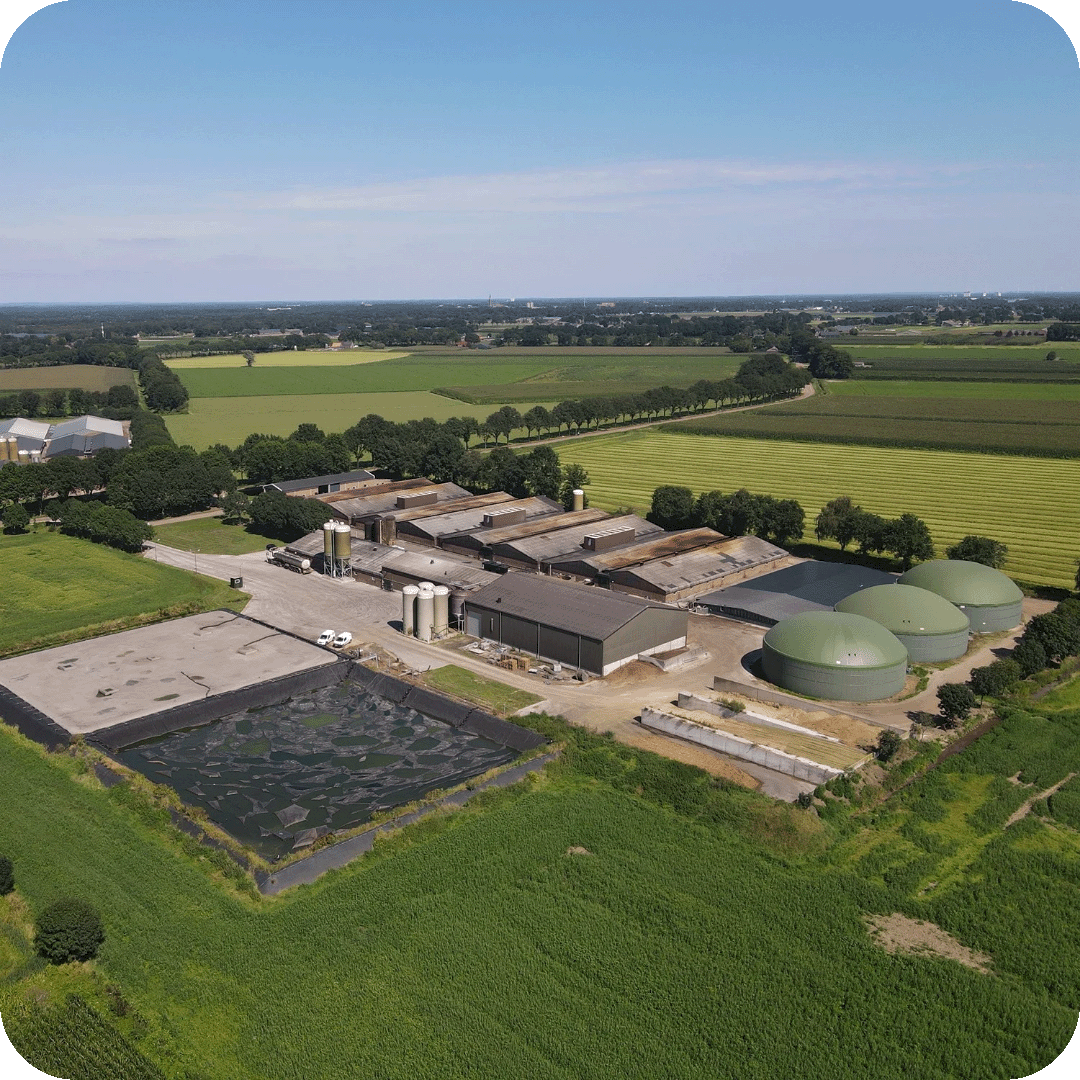Reduction Strategy
Reduction Strategy
This is the second step in your decarbonisation journey. Once you have calculated your greenhouse gas (GHG) emission, it’s time to set short- & long-term goals and formulate a reduction strategy and take effective action.
-min.png)
Why implement a reduction strategy?
Let's build it together
A net-zero strategy demonstrates a commitment to sustainability and offers a competitive advantage in an eco-conscious market. These strategies not only reduce operating costs and improve resource efficiency but also help mitigate climate change and protect the environment by minimising emissions.

Reduction Strategy
Key results
Key results
Enhanced competitiveness and market position
Through an efficient emission reduction strategy, companies can differentiate themselves in the market. This differentiation can attract environmentally conscious consumers and investors.
Cost reduction and resource efficiency
Emission reduction strategies often involve optimising resource usage and improving operational efficiency. This can potentially lead to cost savings through reduced energy consumption, waste reduction, and streamlined processes.
Environmental impact and climate change contribution
By reducing greenhouse gas emissions, companies contribute to mitigating climate change and preserving natural resources. This not only fulfills corporate social responsibility but also aligns with global sustainability goals, fostering a healthier planet for future generations.
Not sure where to start?
Our free quick scan is designed to help you begin your reduction journey with confidence. In just one session, you’ll receive a personalised 6-8 page roadmap that identifies actionable steps, highlights quick wins, and ensures you understand key regulations. This tailored guide will help you prioritise your efforts and move forward effectively on your path to sustainability.

.png?width=2000&height=660&name=GZ%20How%20we%20work%20(1).png)
Good stories

GZ | News & Blogs | 03-06-2024
Reducing and offsetting – 3 reasons you should embrace both to reach your net-zero targets
Read this story
GZ | News & Blogs | 18-04-2024
GoodZero and CIRRO: Strategic Partnership for a Greener Tomorrow
Read this story






.png)
